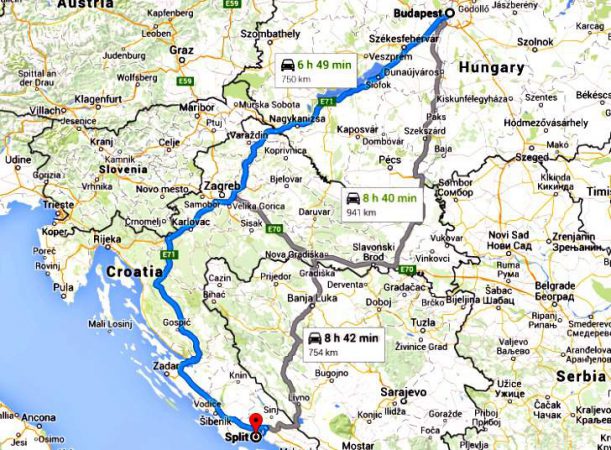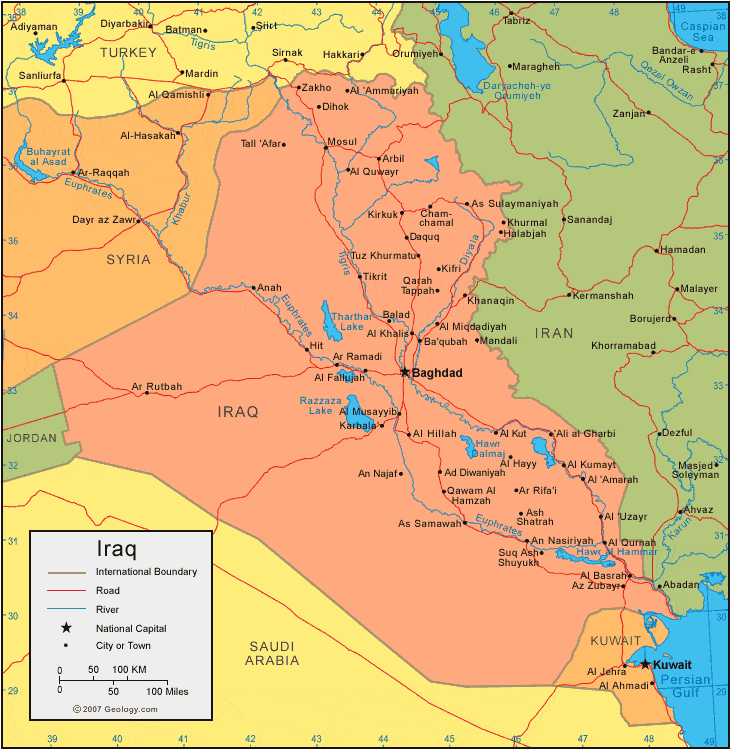Map Of Kara-Köl
The Kara-Khanid Khanate was a powerful Central Asian state that existed from the 10th to the 13th century. Its territory was huge, encompassing parts of modern-day Kazakhstan, Kyrgyzstan, Uzbekistan, and China. It had a complex and intriguing culture that was heavily influenced by Islamic, Persian, and Turkic traditions.

The Kara-Khanids were a Turkic people who ruled over a large part of Central Asia during the Middle Ages. They were a powerful force in the region, thanks to their skilled military tactics and strong economy. Many scholars believe that the Kara-Khanids were responsible for bringing Islam to Central Asia. Their society was highly organized, with a well-defined social hierarchy and a sophisticated legal system.
The Kara-Khanid Khanate was formed in the 10th century, when the Karluks were defeated by the Uighurs. The Karluks were a Turkic people who had established a state in the Tarim Basin, but they were weakened by a civil war and were unable to resist the Uighurs. The Uighurs then established the Kara-Khanid Khanate, with Kashgar as its capital.
The Kara-Khanids expanded rapidly, conquering much of Central Asia and parts of China. They were known for their skilled horsemen, who were able to cover vast distances in a short amount of time. The Kara-Khanids were also excellent traders, and their empire became a major center of commerce between China and the Middle East.
Despite its military might, the Kara-Khanid Khanate was also known for its cultural achievements. The Kara-Khanids were great patrons of the arts, and their architecture, poetry, and music were highly respected throughout the Islamic world. They were also pioneers in the field of medicine, making significant contributions to the study of anatomy and surgery.
The Kara-Khanid Khanate was eventually conquered by the Khwarazmian Empire in the early 13th century. This marked the end of one of the most important Central Asian states in history. However, the legacy of the Kara-Khanids lives on, and their influence can still be seen in the art, architecture, and culture of the region today.
Demographics and Culture
The Kara-Khanid Khanate was a true melting pot of cultures and traditions. Its population was made up of a variety of ethnic groups, including Turks, Uighurs, Persians, and Arabs. Despite these differences, the Kara-Khanids were able to create a unique and powerful culture that was characterized by its diversity and tolerance.
The state religion of the Kara-Khanid Khanate was Islam, and the Kara-Khanids were devout Muslims. However, they were also highly tolerant of other religions and cultures, and many non-Muslims were able to live and practice their faith under Kara-Khanid rule.
The culture of the Kara-Khanids was heavily influenced by Islamic and Persian traditions. They were known for their beautiful architecture and artwork, which featured intricate geometric patterns and calligraphy. The Kara-Khanids were also great poets and musicians, and their works are still admired today.
Tourist Destinations
If you're interested in exploring the rich history and culture of the Kara-Khanid Khanate, there are many places to visit. Some of the most popular tourist destinations in the region include:
- Kashgar: The former capital of the Kara-Khanid Khanate is now a bustling city that is home to many ancient landmarks and historical sites. Visitors can explore the old city, visit the Id Kah Mosque, and see the famous Kashgar bazaar.
- Samarqand: This city in modern-day Uzbekistan was an important center of Kara-Khanid culture. It is home to many historic landmarks, including the Registan and the Bibi-Khanym Mosque.
- Osh: This city in Kyrgyzstan is located on an ancient trade route that connected China and the Middle East. It has a rich history and culture, with many historic sites and a vibrant bazaar.
Shopping and Culinary
The Kara-Khanid Khanate was known for its vibrant markets and delicious cuisine. If you're looking to experience the best of Kara-Khanid culture, be sure to check out some of these local specialties:
- Laghman: A delicious noodle dish that is usually served with meat and vegetables.
- Plov: A rice dish that is often made with lamb or beef.
- Pakhlava: A sweet pastry that is similar to baklava.
- Spices: The Kara-Khanids were known for their love of spices, and you can find a wide variety of them in local markets.
- Carpets: Handwoven carpets are a specialty of the Kara-Khanids, and you can find them in many local shops.
Tips
If you're planning a trip to explore the history and culture of the Kara-Khanid Khanate, here are a few tips to keep in mind:
- Check the weather: The region can get very hot in the summer and very cold in the winter, so be sure to pack appropriate clothing.
- Respect local customs: The Kara-Khanids are known for their tolerance, but it is still important to be respectful of local customs and traditions.
- Book in advance: Many of the most popular tourist destinations in the region can get crowded, so be sure to book your accommodations and tours in advance.
- Learn some local language: It's always helpful to learn some basic words and phrases in the local language. This can help you communicate with locals and show them that you respect their culture.
FAQ
What was the Kara-Khanid Khanate?
The Kara-Khanid Khanate was a powerful Central Asian state that existed from the 10th to the 13th century. Its territory encompassed parts of modern-day Kazakhstan, Kyrgyzstan, Uzbekistan, and China.
What was the religion of the Kara-Khanid Khanate?
The state religion of the Kara-Khanid Khanate was Islam, but they were also highly tolerant of other religions and cultures.
What were the main achievements of the Kara-Khanids?
The Kara-Khanids were known for their military might, but they were also great patrons of the arts and sciences. They made significant contributions to fields such as medicine, poetry, and music.
What are some popular tourist destinations in the region?
Some of the most popular tourist destinations in the region include Kashgar, Samarqand, and Osh.
What are some local specialties?
Local specialties include laghman, plov, pakhlava, spices, and handwoven carpets.
What should I keep in mind when visiting the region?
When visiting the region, it's important to respect local customs, check the weather, book in advance, and learn some local language.
Explore the history and culture of the Kara-Khanid Khanate on your next trip. With its rich heritage and vibrant culture, it's sure to be a journey you'll never forget.



